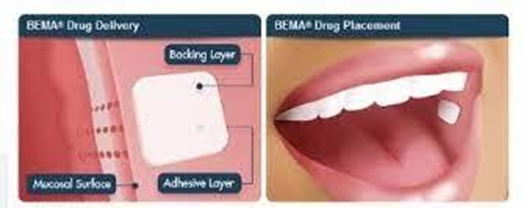A nurse is teaching a client who has pernicious anemia to self-administer nasal cyanocobalamin. Which of the following information should the nurse include in the teaching?
"Administer the medication into one nostril once per week."
"Lie down for 1 hour after administering the medication."
Plan to self-administer this medication for the next 6 months."
"Use a nasal decongestant 15 minutes before the medication if you have a stuffy nose."
The Correct Answer is A
Choice A rationale: Nasal cyanocobalamin for pernicious anemia is commonly administered once a week. The instruction to administer the medication into one nostril aligns with the correct technique.
Choice B rationale: Post-administration lying down isn't necessary for this medication.
Choice C rationale: The duration of treatment can vary; a fixed duration isn't universally applicable.
Choice D rationale: Using a nasal decongestant isn't a routine part of administering nasal cyanocobalamin for pernicious anemia.
Nursing Test Bank
Naxlex Comprehensive Predictor Exams
Related Questions
Correct Answer is C
Explanation
Choice A rationale: Naloxone is primarily used to reverse opioid overdose.
Choice B rationale: Alprazolam is a benzodiazepine typically prescribed for anxiety disorders.
Choice C rationale: Bupropion is a medication used to aid smoking cessation by reducing nicotine cravings and withdrawal symptoms. It's among the commonly prescribed medications for individuals seeking to quit smoking.
Choice D rationale: Melatonin is a supplement used for regulating sleep cycles and isn't directly linked to smoking cessation.
Correct Answer is C
Explanation
Choice A rationale: Dissolving the fentanyl buccal film in water isn't the appropriate method of administration. It's specifically formulated for buccal (cheek) administration to facilitate absorption, and dissolving it in water may alter its efficacy.
Choice B rationale: Swallowing the fentanyl buccal film isn't the intended method of administration. It's designed for absorption through the mucous membrane, not for ingestion.
Choice C rationale: Fentanyl buccal film is designed for absorption through the mucous membrane of the cheek. This route allows for rapid absorption of the medication
directly into the bloodstream, offering quicker relief for the patient.
Choice D rationale: Placing the fentanyl buccal film on the tongue for dissolution is not the correct method. The medication is formulated for buccal administration, not oral dissolution.

Whether you are a student looking to ace your exams or a practicing nurse seeking to enhance your expertise , our nursing education contents will empower you with the confidence and competence to make a difference in the lives of patients and become a respected leader in the healthcare field.
Visit Naxlex, invest in your future and unlock endless possibilities with our unparalleled nursing education contents today
Report Wrong Answer on the Current Question
Do you disagree with the answer? If yes, what is your expected answer? Explain.
Kindly be descriptive with the issue you are facing.
